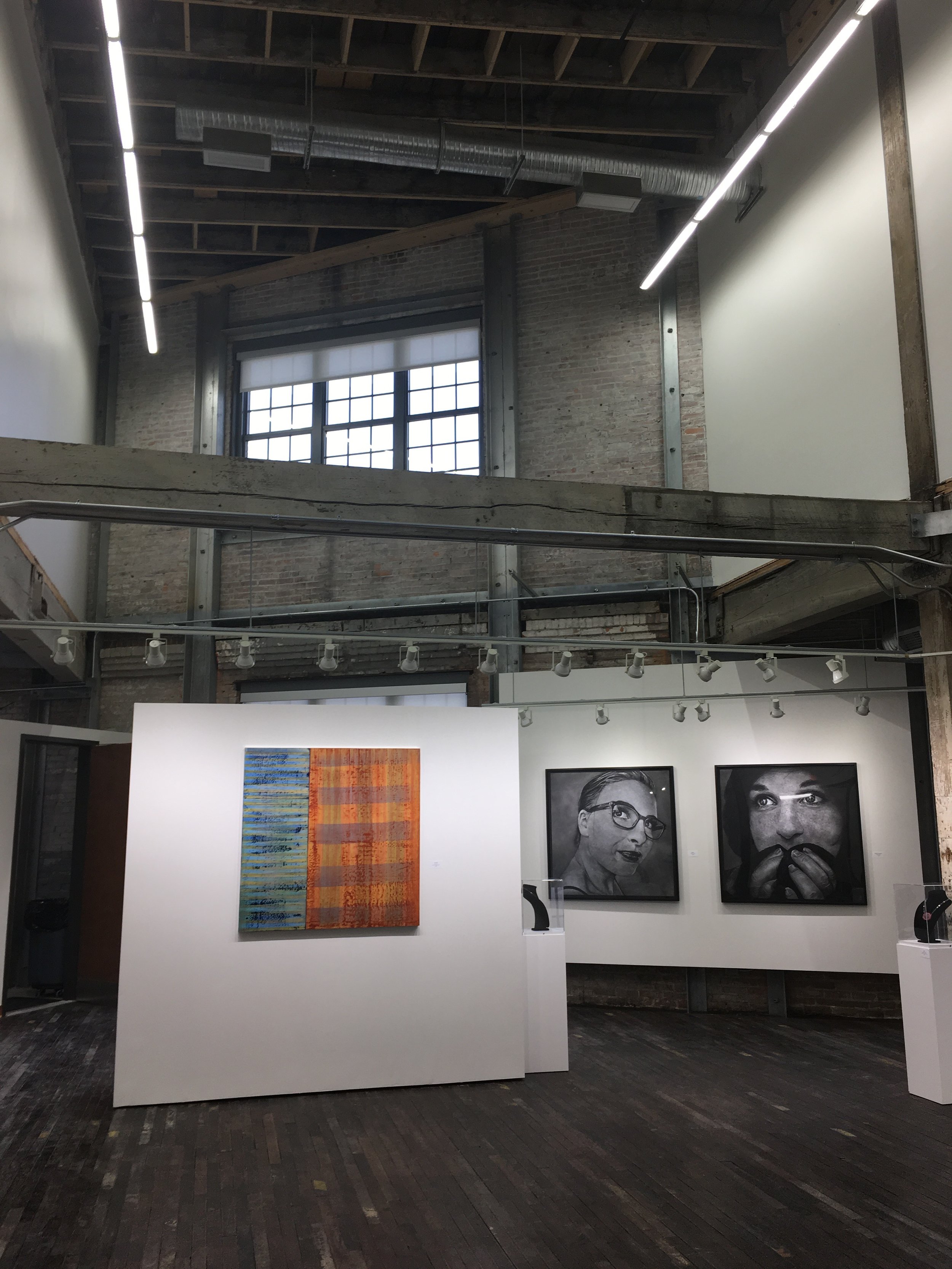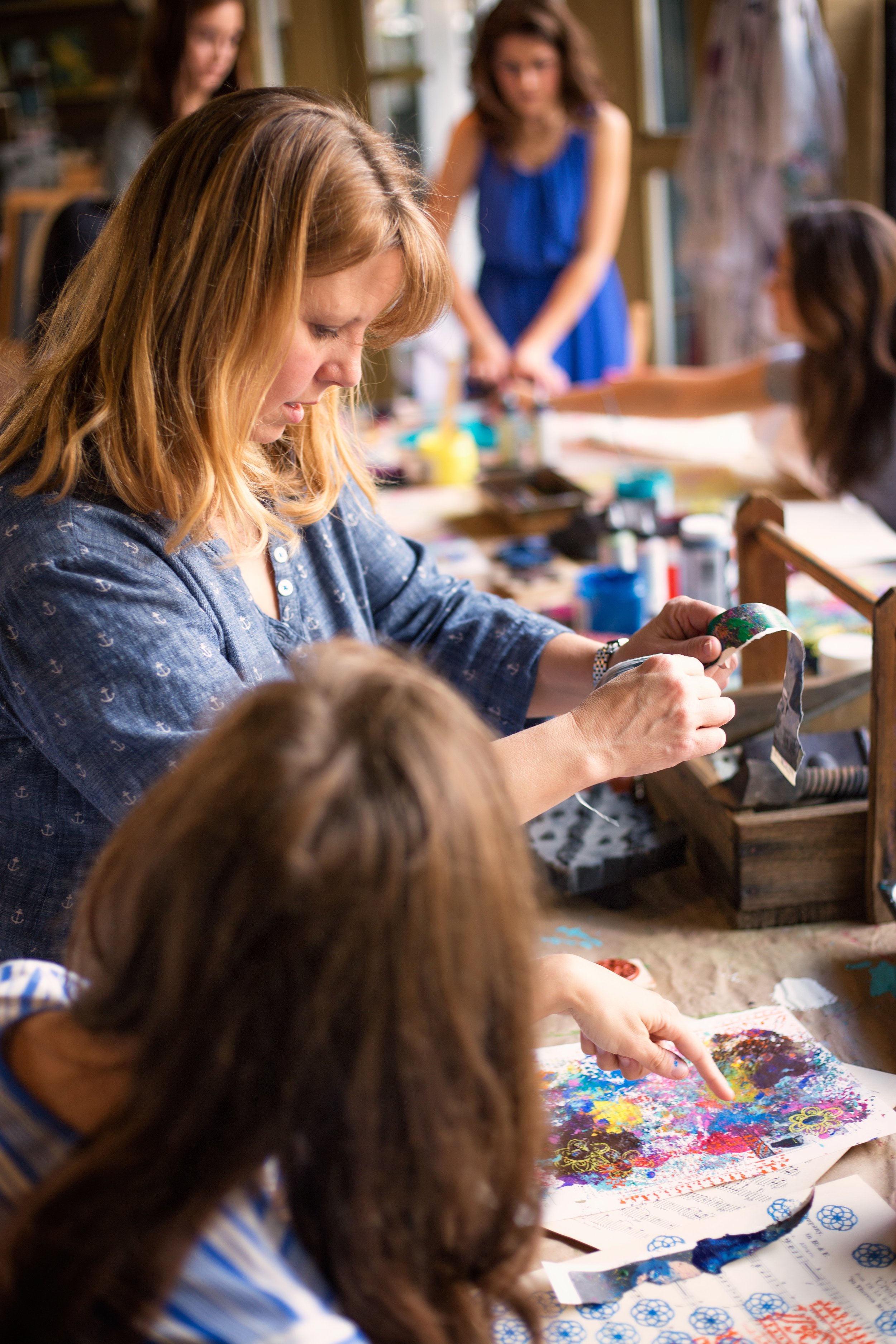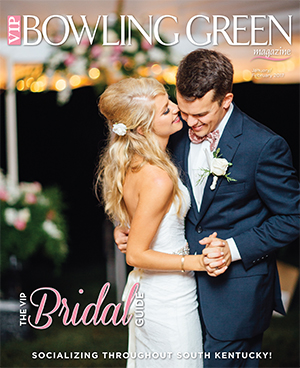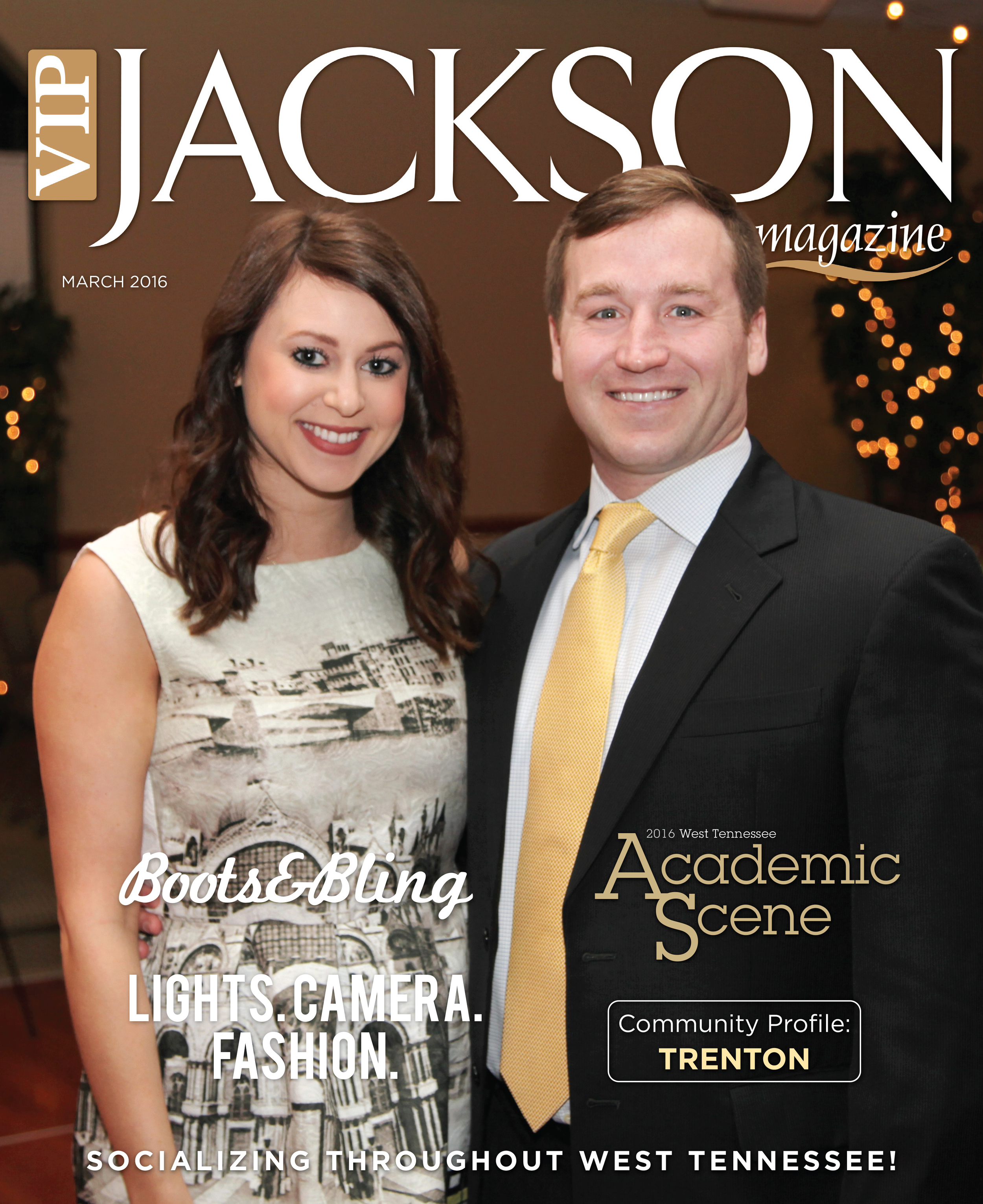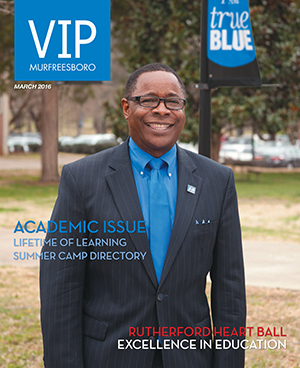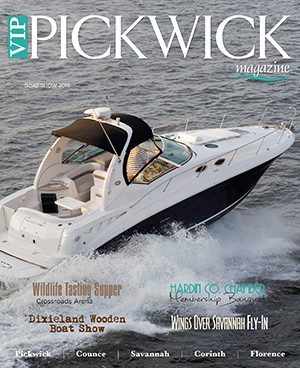The Good Life: Paducah, KY
/City of Crafts & Folk Art, UNESCO Creative City
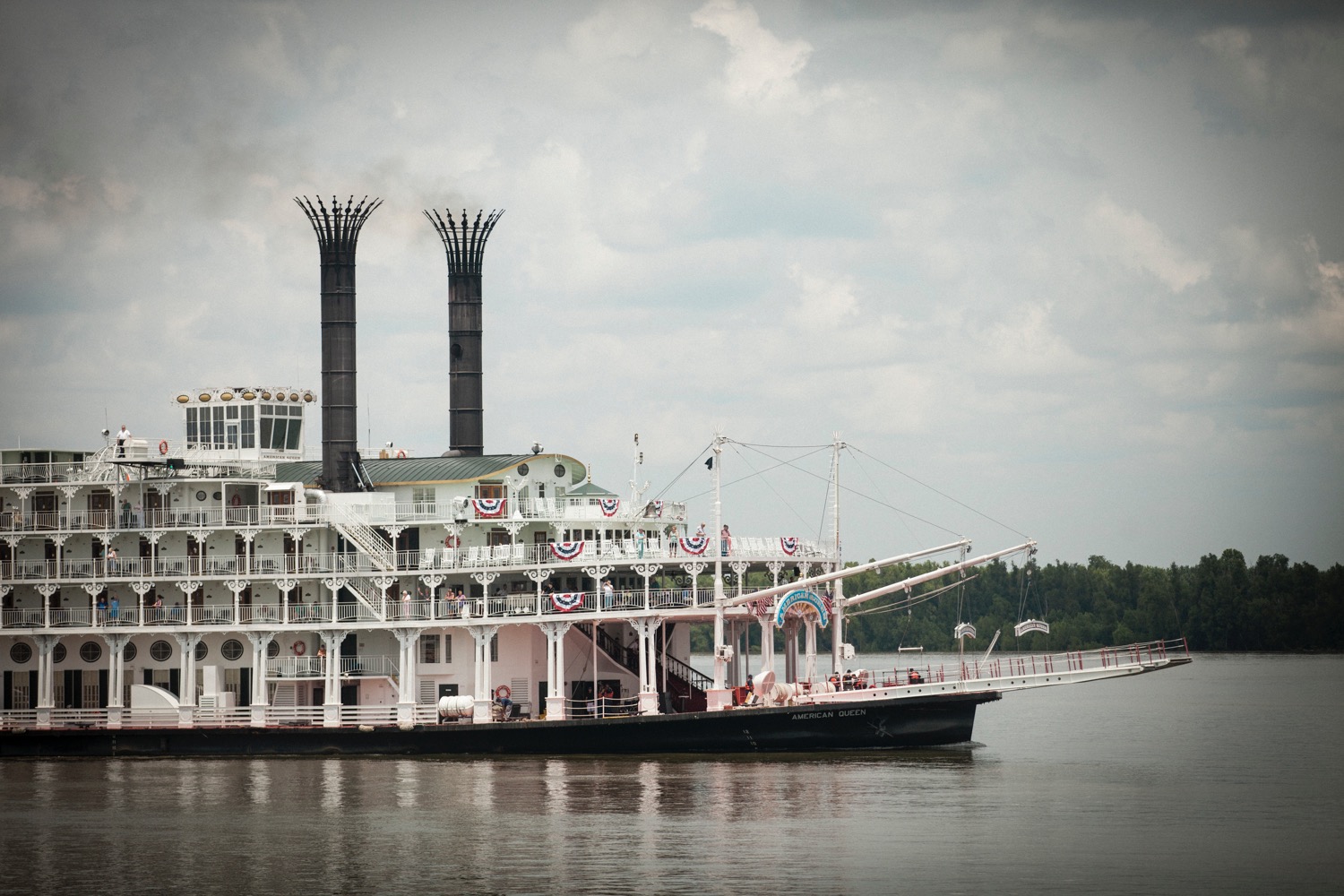
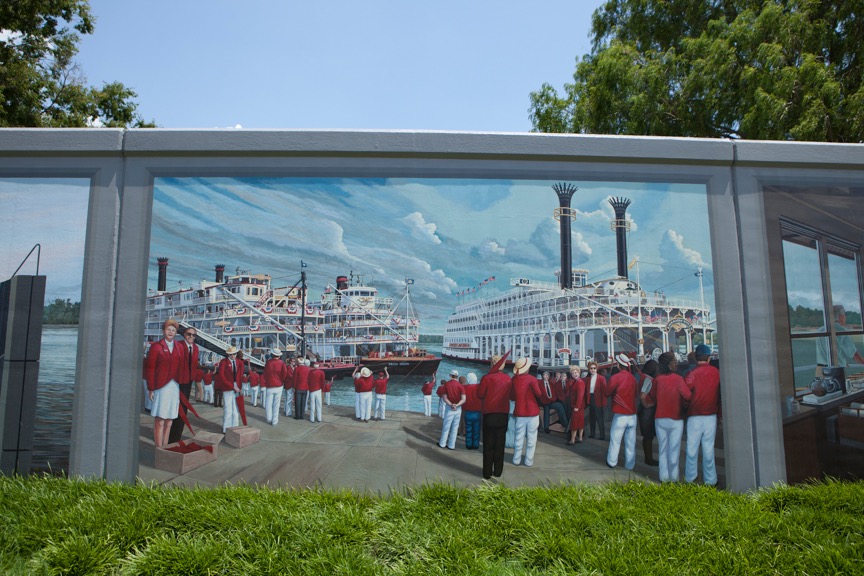
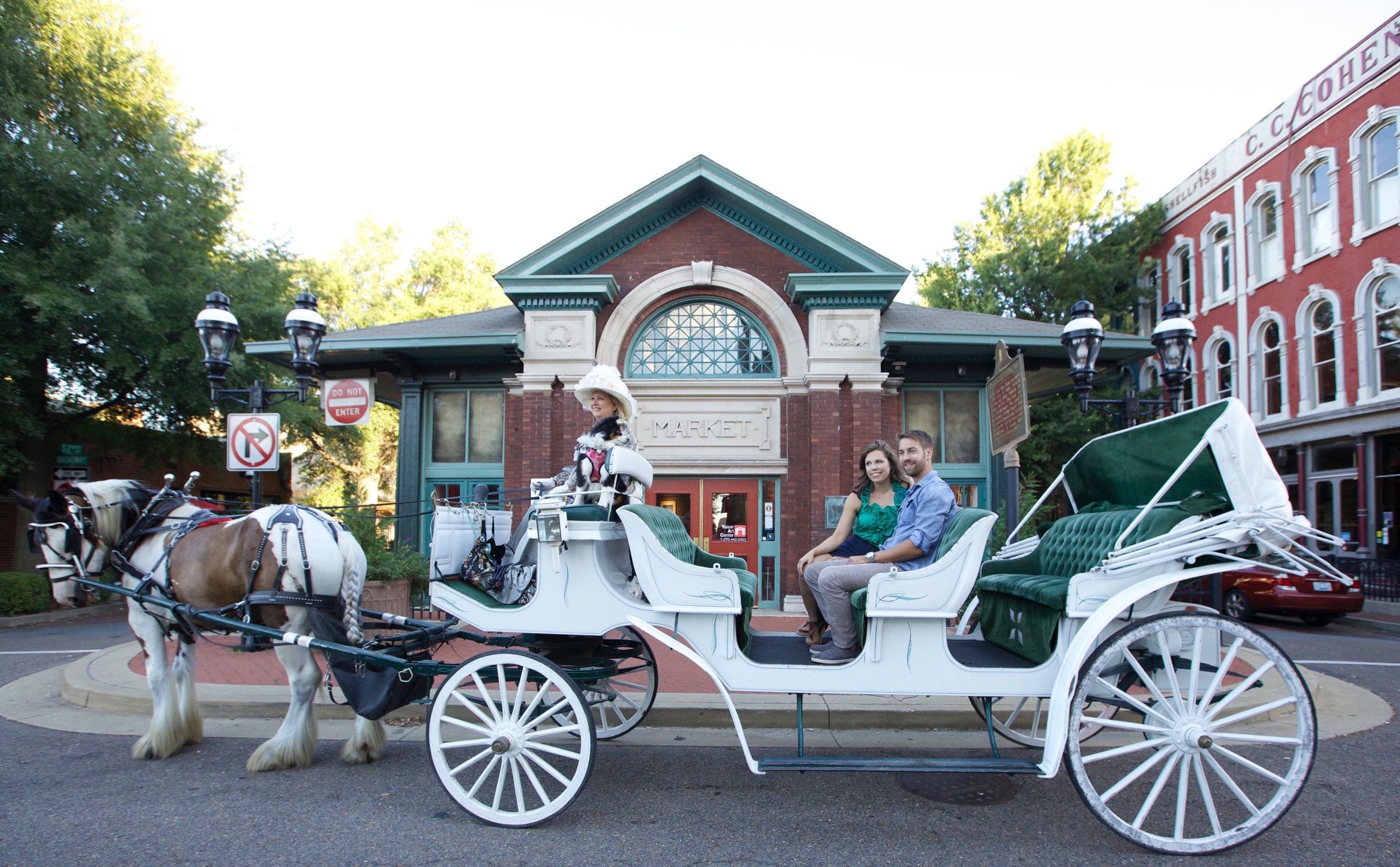
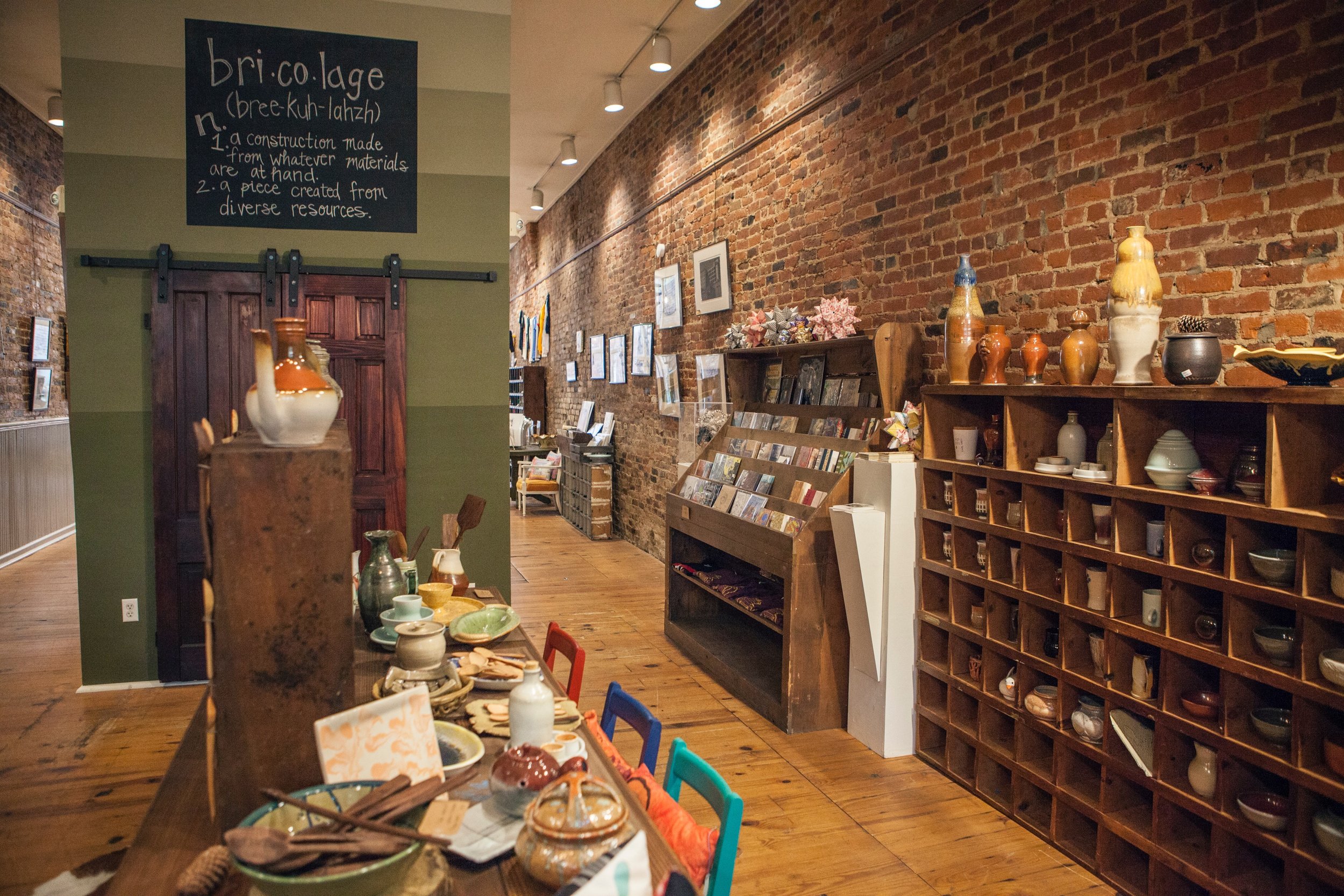
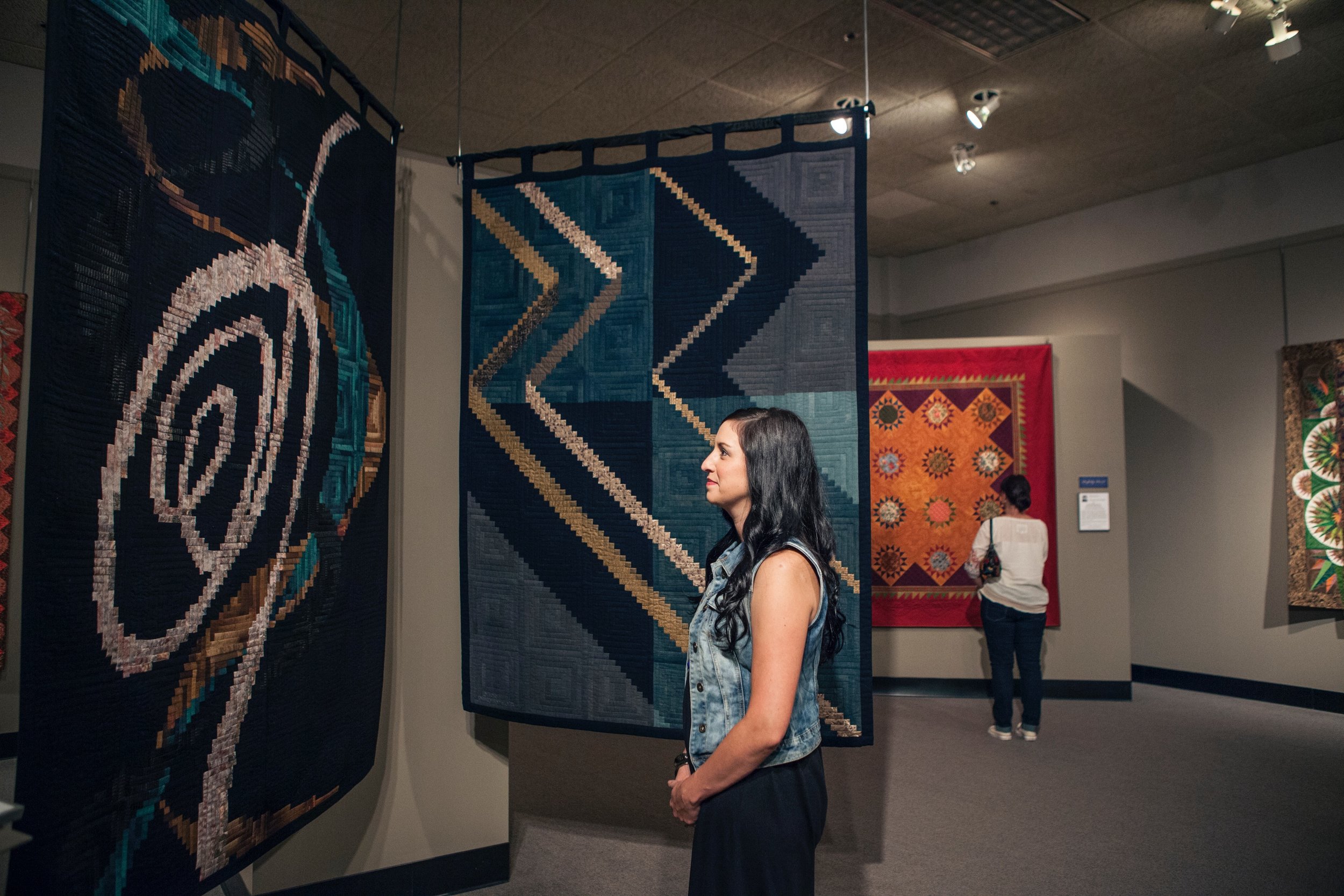
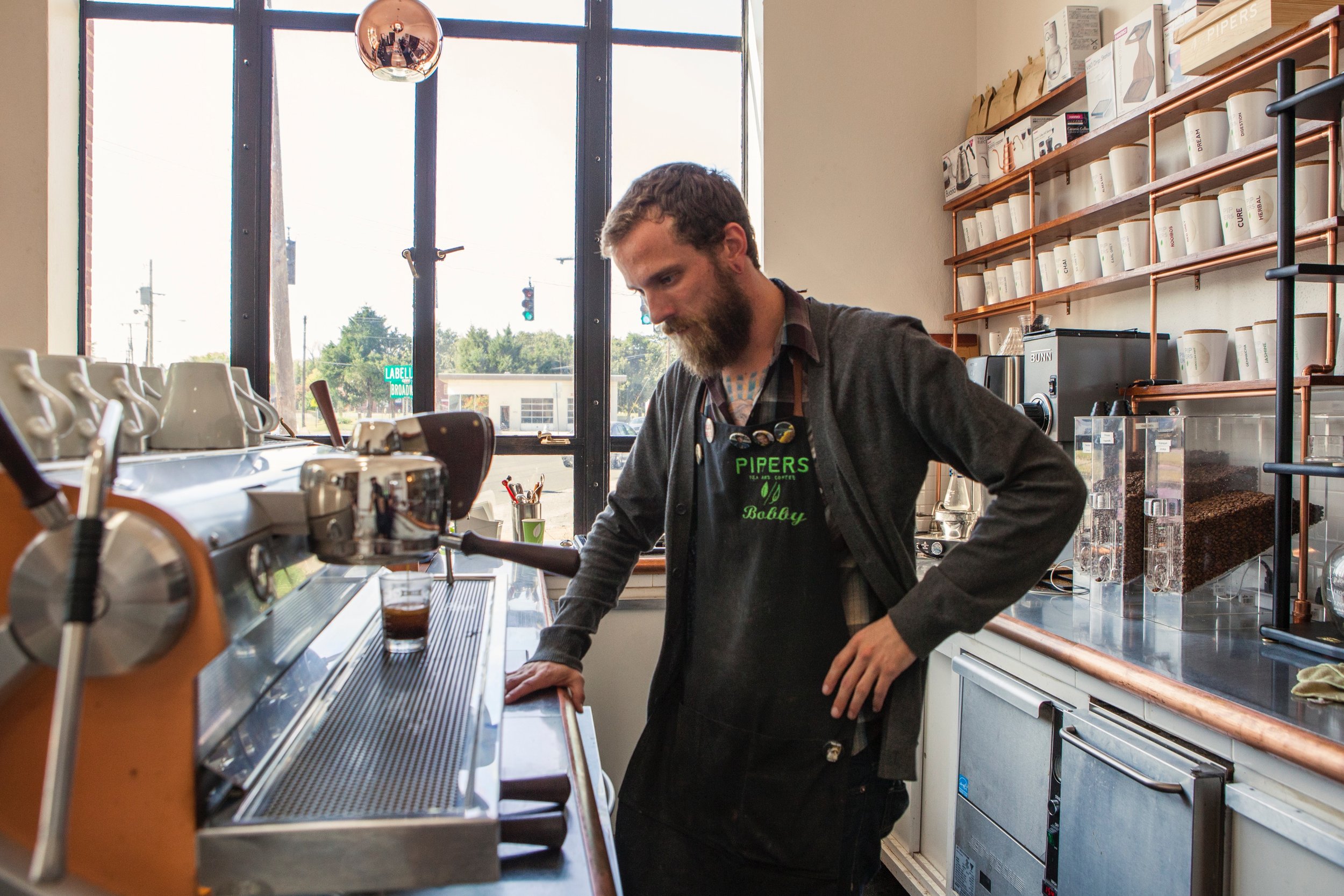
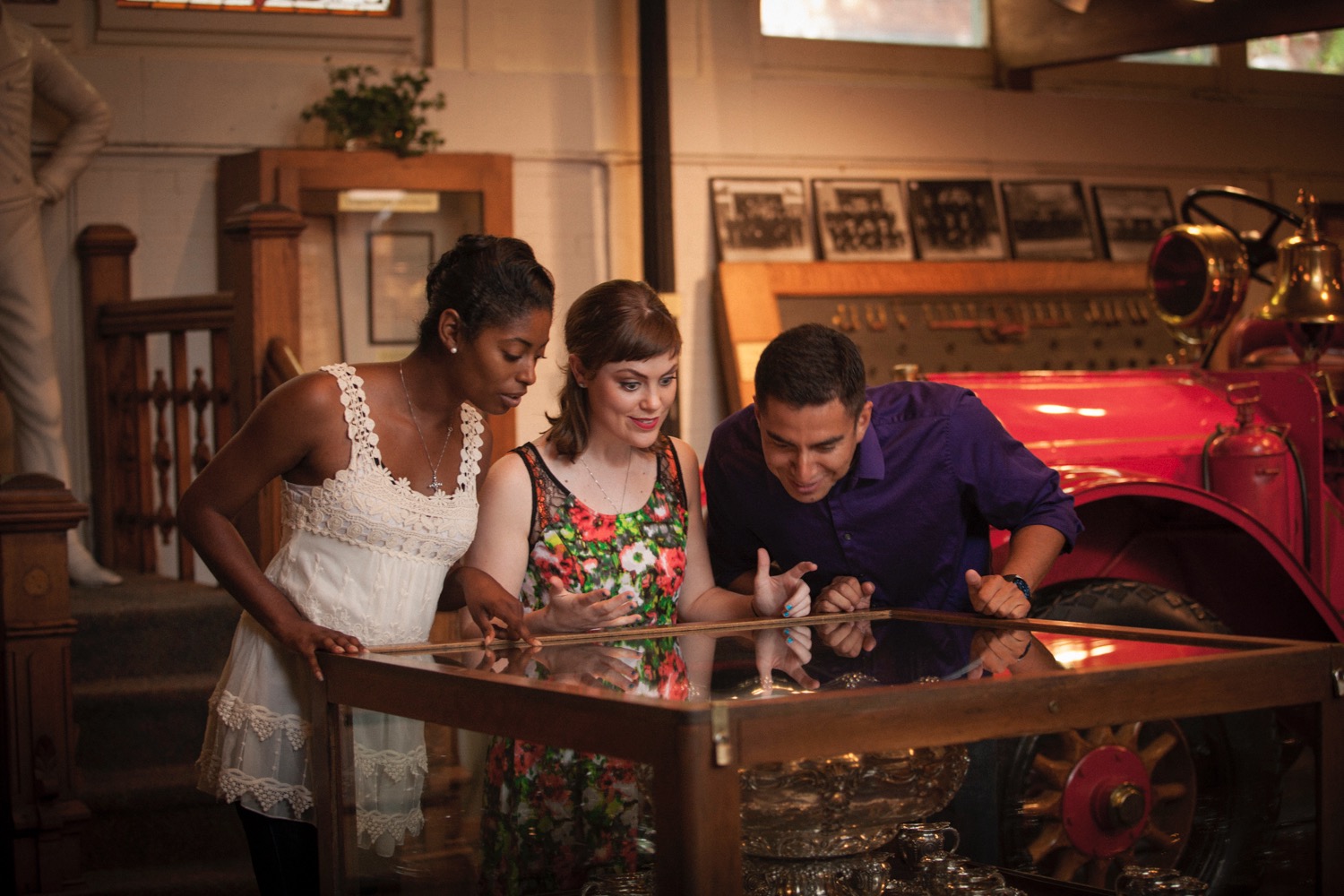
Story by Lyda Kay Ferree, The Southern Lifestyles Lady. Photography courtesy of the Paducah Convention & Visitors Bureau.
Founded in 1827 by William Clark of Lewis and Clark fame, Paducah’s origins and prosperity may be attributed to its strategic location at the confluence of the Ohio and Tennessee Rivers. Today, visitors may take a journey on America’s inland waterways from the era of Paducah’s earliest inhabitants to the city’s modern day life on the river through captivating stories, interactive exhibits and music at the River Discovery Center. Paducah’s history is reflected and preserved in its architecture and historic attractions including the 1905 Market House, Market House Museum and “Wall to Wall” Murals.
Just a short two and one-half hour drive from Jackson, “the art-friendly culture of Paducah (pop: 25,000), halfway between St. Louis and Nashville, offers visitors an incredible array of experience,” said Laura Oswald, Director of Marketing at the Paducah Convention & Visitors Bureau.
The Whitehaven Welcome Center, Kentucky’s Gateway to the South, might be your first stop. It’s a great place to get directions and pick up literature about the state of Kentucky. This white Classical Revival house with Corinthian-columned front portico is the only historic home serving as an interstate welcome center. Whitehaven features period furnishings and memorabilia of Paducah native Vice President Alben W. Barkley. The center is open 24 hours for the traveling public. (Exit 7 off Interstate 24 on Highway 45; (270) 554-2077.)
The new focus of Paducah is art and creativity. Paducah has earned UNESCO (United Nations Educational, Scientific and Cultural Organization) Creative City designation. “Being a creative city is what Paducah is focused on now,” said Oswald. “That is our identity globally, and many people know UNESCO for its World Heritage Sites program. From a visitor perspective it shows. These sites recognize natural and built sites and cities that value culture and creativity as drivers. In the United States Paducah was named the third US Creative City. There are nine such cities now in the US and 180 Creative Cities worldwide.”
Head downtown, which is the thriving heart of the city. Typically, I spend time in the Paducah Convention & Visitors Bureau at 128 Broadway, where friendly and accommodating tourism officials assist me in planning my visit. You may now tour the city via John’s Pass Carriage Service, which offers beautiful carriages and wonderful tours of downtown and the murals. The carriages will pick up guests at downtown hotels.
The River Discovery Center, a Save America’s Treasures project, is housed in downtown’s oldest standing structure. State-of-the-art, interactive exhibits highlight the history and habitats of the Four Rivers region encompassing the Ohio, Tennessee, Cumberland, and Mississippi Rivers. I could spend hours in this Center, which has simulated equipment similar to equipment next door in one of two facilities in the nation that trains riverboat and barge captains.
The focal point of Paducah’s abundant architectural treasures, the 1905 Market House tells the story of a town that has survived tremendous challenges including the Battle of Paducah during the Civil War and the disastrous 1935 flood. Located in the center of the Market House, the William Clark Market House Museum provides a glimpse of Paducah’s rich heritage and colorful past.
Shopping is fun as you stroll along tree-lined streets past 19th century buildings. I especially enjoy poking around the antique shops. There are several new shops downtown: Square Furniture, a furniture boutique in River Place; Bricolage Art Collective; Paducah Area Painters Alliance (PAPA) Gallery, which features local and regional artists; and Ochre, located in a former Coca-Cola plant near downtown.
A new crop of shops are DIY (Do It Yourself) studios like Make Paducah, a fabulous downtown shop of home décor and art and an art bar where you may create something while in Paducah and Ephemera in Lower Town, which brings in national instructors in various media.
“Paducah has earned distinction as one of the world’s Creative Cities, as a place that values creativity, culture and heritage. All of these elements are woven into the authentic sense of place and local experiences that await to inspire visitors.”
If you plan to visit some of the art galleries in Lower Town, it is best to schedule an appointment as many of the artists don’t keep regular shop hours. It’s a good place to walk around rather than gallery hop. A new development in the Lower Town neighborhood is the Paducah School of Art and Design, a division of the West Kentucky Community and Technical College. This school has three buildings including a landmark that locals knew as Kitchens, Inc. It has been repurposed as an incredible school of art and design, visual arts and educational programs in all media, and a new Fiber Art studio has opened there.
A good place for lunch in Lower Town is Kitchens Café with a great patio area. Et Cetera Coffee House in Lower Town has been open for more than a decade. Down the street from Et Cetera in the Smedley Yeiser building is a lifestyle boutique called Raven and Moth, which showcases women’s accessories and clothing and great local art like ceramics. In that same building is The Juniper Room, a craft cocktail bar.
A wide variety of restaurants make their home in Paducah. Downtown eateries include Shandies; d. Starnes at River Place; Doe’s Eat Place; Cynthia’s Ristorante in Market House Square; J.P’s Bar and Grill; Kirchoff’s Bakery with marvelous baked goods and a good place for a breakfast pastry and coffee; Deli & Market; Max’s Brick Oven Café; Tribecca Mexican Cuisine; Grill 211; and Kountry Kastle on the south side of town, known for its barbeque, is especially popular with families on the weekends.
A must-tour museum is the National Quilt Museum located downtown at 215 Jefferson Street. It is a visual treat! Displays in three galleries with more than 150 quilts highlight the vigorous rebirth of quilt making internationally since the 1970s. Sunlit stained glass windows based on quilt patterns enhance the architecture of the contemporary structure, which is open year-round. In late April every year the American Quilter’s Society attracts 35,000 quilt makers and quilt lovers to Paducah for one of the biggest quilt shows in the country. “The niche crafts have been used as an economic engine to revive this once-declining town,” wrote Meg Cox in a special to “The Wall Street Journal”. In 2008 the quilt museum was designated the National Quilt Museum of the United States.
There are many more lodging choices in Paducah now, especially downtown and near downtown—mostly boutique hotels and bed and breakfasts including Fox Briar Inn, Paducah Harbor Place and a new Convention Center hotel—the Holiday Inn Paducah Riverfront adjacent to the Convention Center, a full service hotel with river views, and a great outdoor space. A 10-room boutique hotel called the 1857 Hotel has great local art installations, richly appointed accommodations, and an excellent hotel bar serving wonderful cocktails.
There are two lodging options in the Lower Town Art District: Pinecone Retreat and Mavhouse plus a loft at Ephemera.
The Fox Briar Inn features luxurious riverview lofts and suites in a series of renovated riverfront warehouses. On the street level of RiverPlace are d.Starnes BBQ and The Ice Cream Factory (a second location of The Ice Cream Factory is in the Coke plant serving Coke floats and signature ice cream dishes).
Since my last visit there is a host of new places that spotlight local flavor. “We have a great barbeque tradition, a fabulous new restaurant called Freight House, a farm-to-table eatery that focuses on locally sourced ingredients; Highwater Fresh features juices and it becomes a wine bar in the evenings; new breweries like Paducah Beer Werks in a repurposed Greyhound Bus Terminal; Dry Ground Brewing Company in the former Coca-Cola Building; and Pipers Tea & Coffee featuring loose leaf teas and handcrafted coffee drinks; a yoga studio; Mello Mushroom specializing in local art; and Branch Out Foods with vegan and gluten-free options,” said Oswald of the Paducah CVB.
One of my favorite destinations is a “tour” of the life-sized paintings on the river city’s floodwall. These panoramic “Portraits of Paducah’s Past” overlook the confluence of the Ohio and Tennessee Rivers. This public art project was painted by renowned artist Robert Dafford, who has captured Paducah’s rich history in life-sized paintings.
In Lower Town there is a lot of creative energy. “The galleries there are some of the best places to shop and take a piece of Paducah home with you,” said Oswald.
Paducah has an excellent quality of life. Paducah now offers a new transient boat dock that opened last fall and the Greenway Trail will soon connect to the Riverfront Park area by the boat dock. The rehab of another neighborhood called Fountain Avenue, which is four blocks west of Lower Town, is in progress, complete with a walking trail, a playground and other family-friendly amenities.
“The National Trust for Historic Preservation named Paducah one of the Dozen Distinctive Destinations, which was a huge honor, that led us to our current work to become a UNESCO Creative City. We are preserving our heritage and driving it forward creatively,” said Oswald. “Paducah is in the running to be named USA Today’s Best Small Town for Culture. We are in the top 5 of 20 cities in a contest that ends May 14.”
What to Know
Paducah Convention & Visitors Bureau
128 Broadway, Paducah, KY 42001
(270) 443-8783 or (8700) PADUCAH
www.paducah.travel

